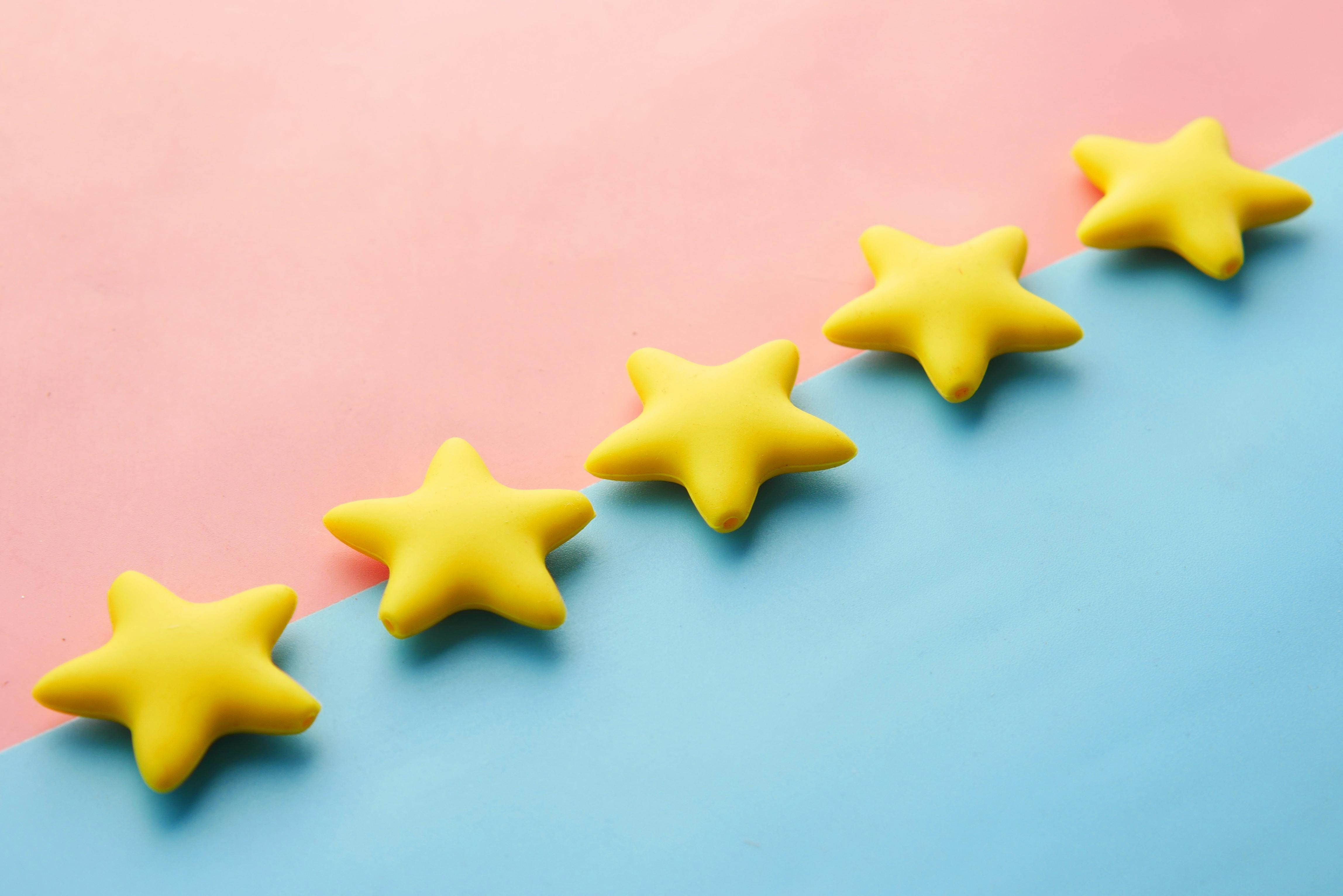A question of loyalty
In today’s omnichannel landscape, while discounts and special offers still have their place, what exactly does it take to inspire and retain customers when they have a world of choice at their fingertips, and no longer have to be present in a store to benefit from their loyalty schemes?
In the considerably less ‘connected’ days of the late 20th century, when shopping was broadly confined to visiting stores for a regular shop or occasional sprees and impulse buys, it was easy to quantify the mechanics of customer loyalty. Aside from those brands with die-hard fans who could rely on repeat custom simply because of who they were – Apple and Levi’s are just a couple of examples – discounts, store cards and special offers, often in the form of coupons which had to be redeemed in store, defined what loyalty schemes meant to both the retailer and the customer.
In today’s omnichannel landscape, while discounts and special offers still have their place, it’s harder to pin down exactly what it takes to inspire and retain customers when they have a world of choice at their fingertips, and no longer have to be present in a store to benefit from their loyalty schemes.
But, thanks in large part to the relatively recent ability to harness and, if you have the right platform, manage the wealth of customer data generated by the numerous channels now available to them, it is possible to redefine what loyalty means to shoppers in the 21st century.
The omnichannel imperative
There’s no doubt that the opening up of shopping channels to encompass both online and physical stores has revolutionised the concept of loyalty – after all, why would a customer visit a store if they can redeem special offers and buy products quickly and easily online?
This is where the importance of a human experience comes in – if the forced periods of isolation we have all faced over the last few years have taught us anything, it’s that there is intrinsic value in speaking to and connecting with a person, face to face.
From a psychological standpoint, it enriches even the most transactional experiences and establishes a rapport that simply cannot be replicated online, even with the relatively ‘authentic’ AI-based conversations which are starting to be used as an engagement mechanism on brand websites. Put simply, loyalty today is just as much about the customer’s personal experience as it is about discounts and deals.
Only connect
Knowing your customer on a personal, human level, including
- what they love
- when they buy
- which events and special occasions matter to them
plays an invaluable part in developing a long-lasting, mutually-beneficial relationship with built-in loyalty. And the data is all there to equip your store associates with everything they need to become a trusted shopping companion. Retailers just need to commit to unlocking the intelligence they already have and turning it into actionable, personal insights which they can use to deliver an experience which customers believe is built just for them.
And it’s not just a goal for retailers – it’s all backed by research that proves this is something customers are actively looking for. According to analysts Retail Economics, 71% of customers believe that loyalty programmes tailored to their specific purchasing behaviour hold considerable importance, and a clear majority of shoppers (70%) are willing to share their data in exchange for benefits like personalised promotions and recommendations.
The way forward
As both sides of the scales are balanced in terms of retailer strategy (more loyal customers leading to increased sales and repeat business) and customer need (a personal, relevant connection with a human touch), it’s clear that there’s no time to waste. To build a successful loyalty programme for today’s shoppers, retailers need to marshall their data, extract its meaning for individual customers and put it to work in a way that builds both long-term relationships and the bottom line.
This article first appeared in MyCustomer
Contact us or request a demo to find out more about improving customer loyalty as part of RetailOS

